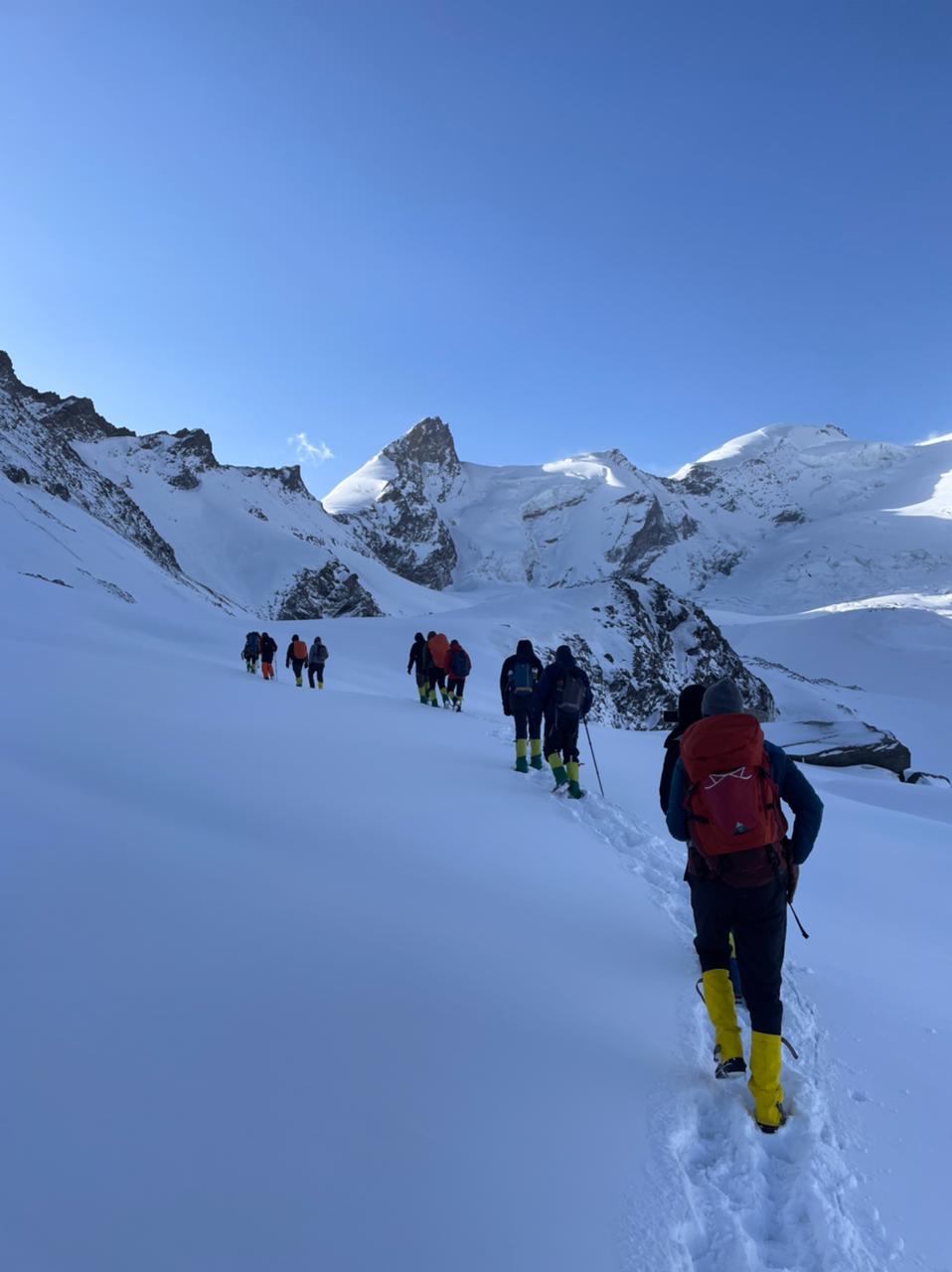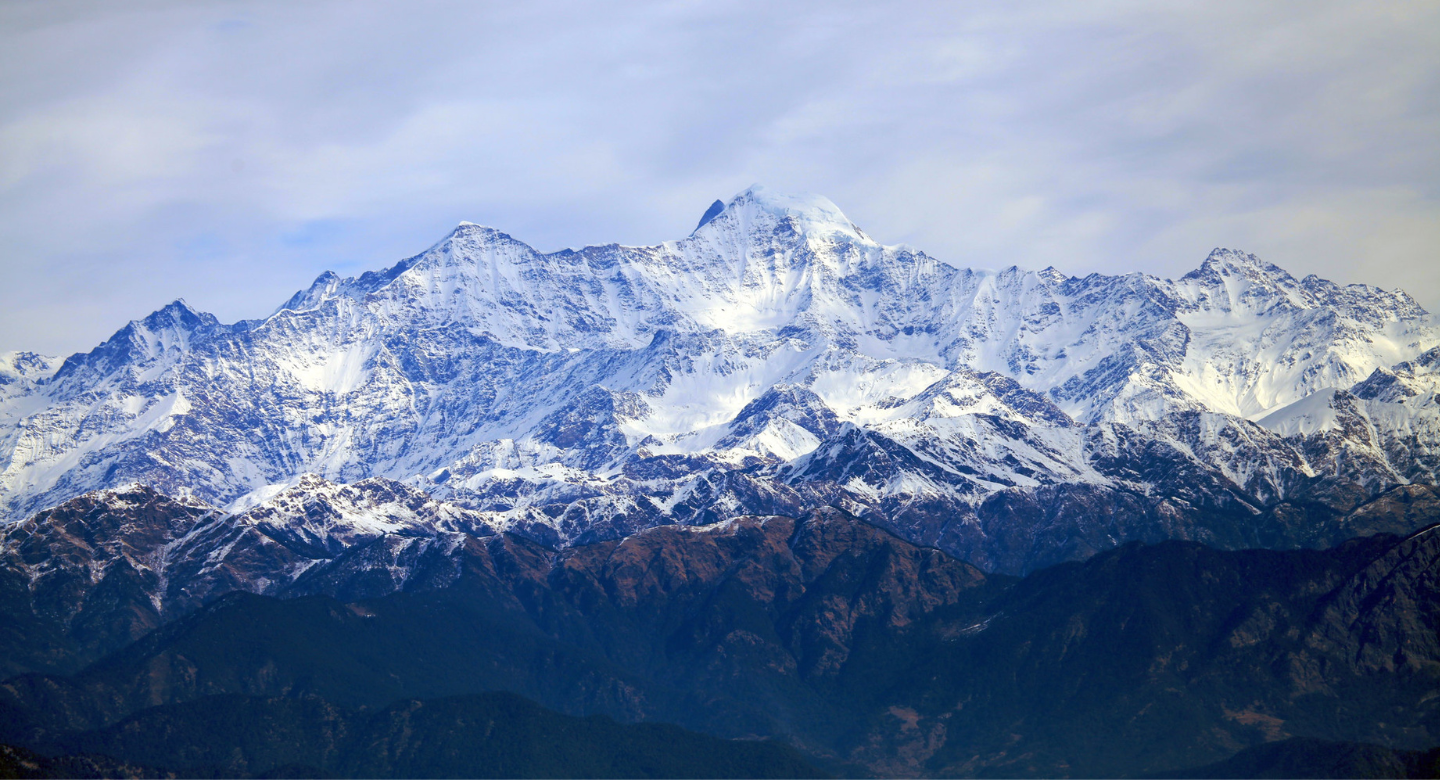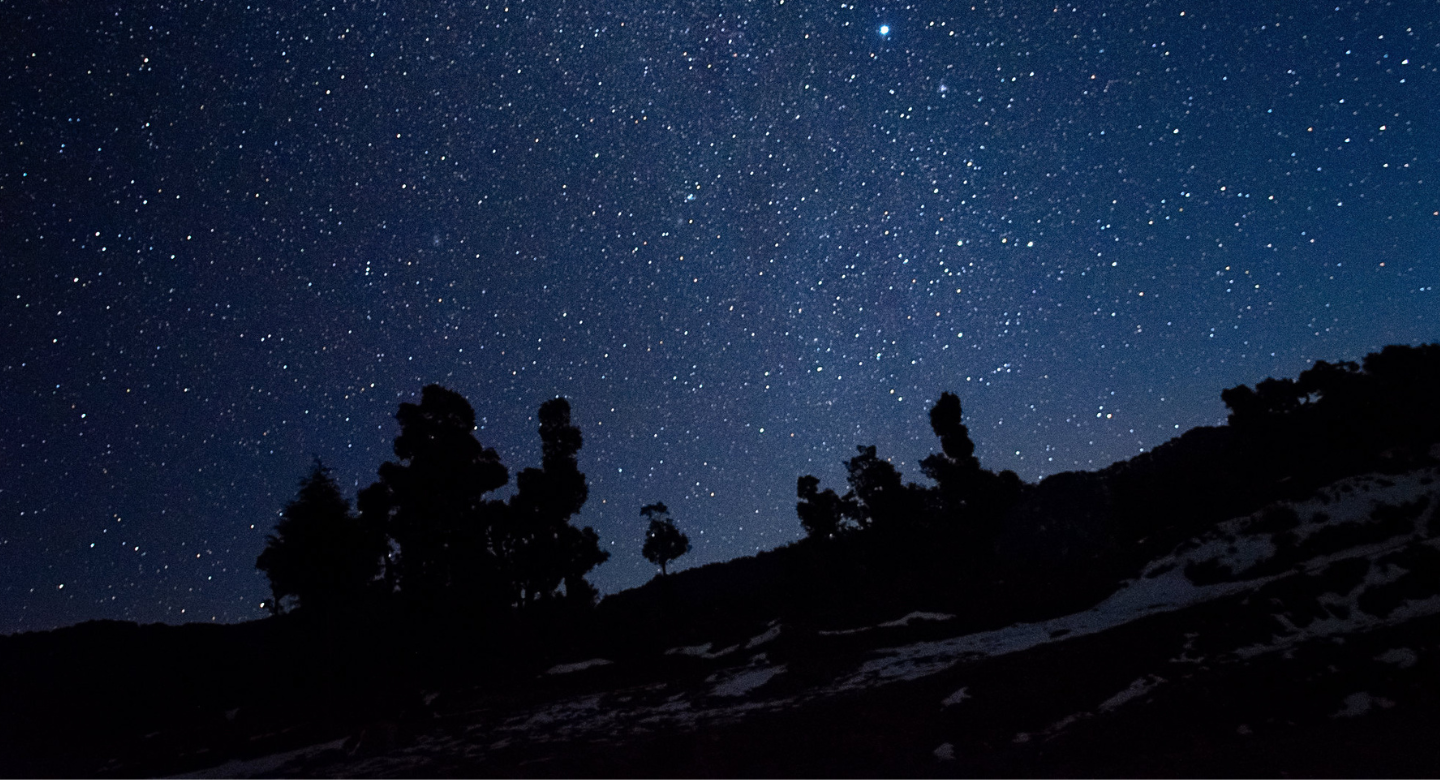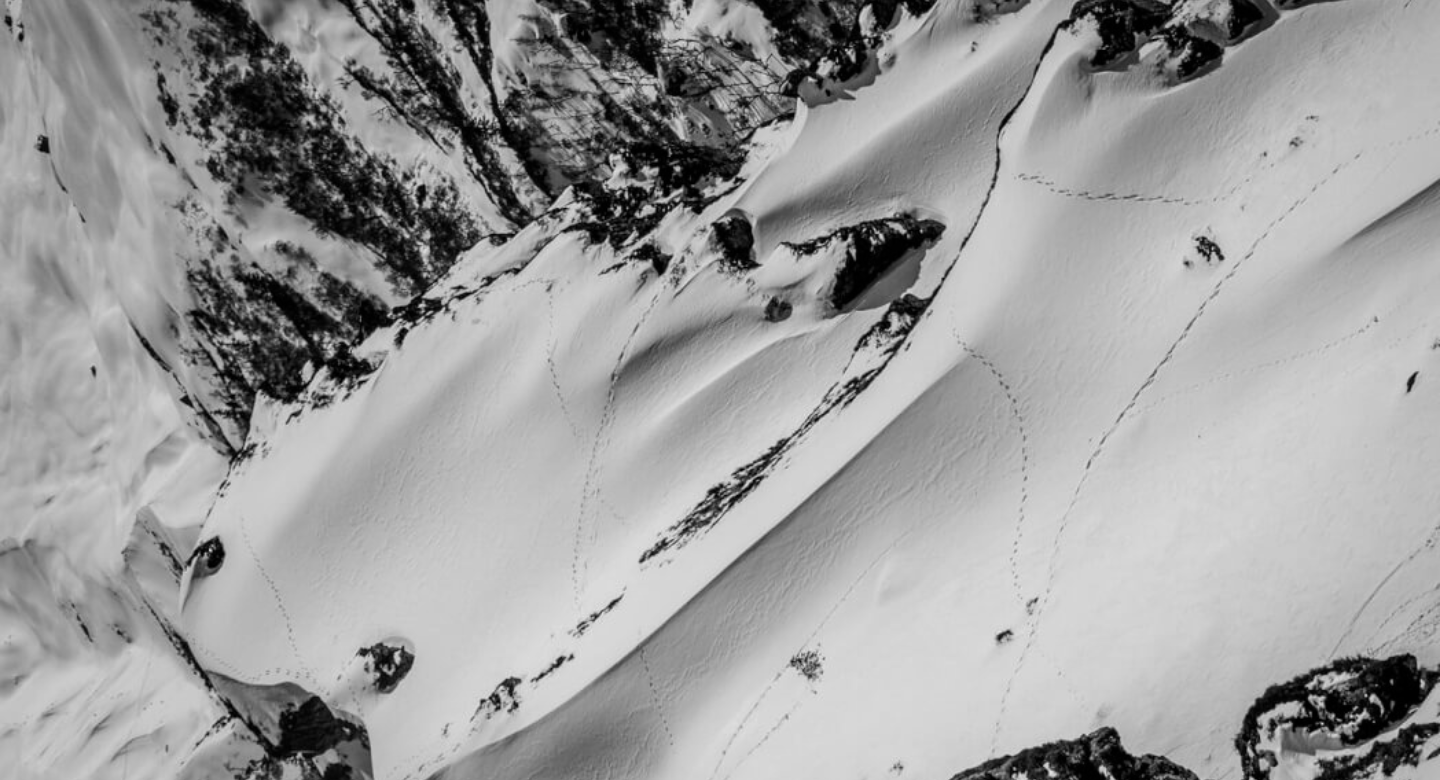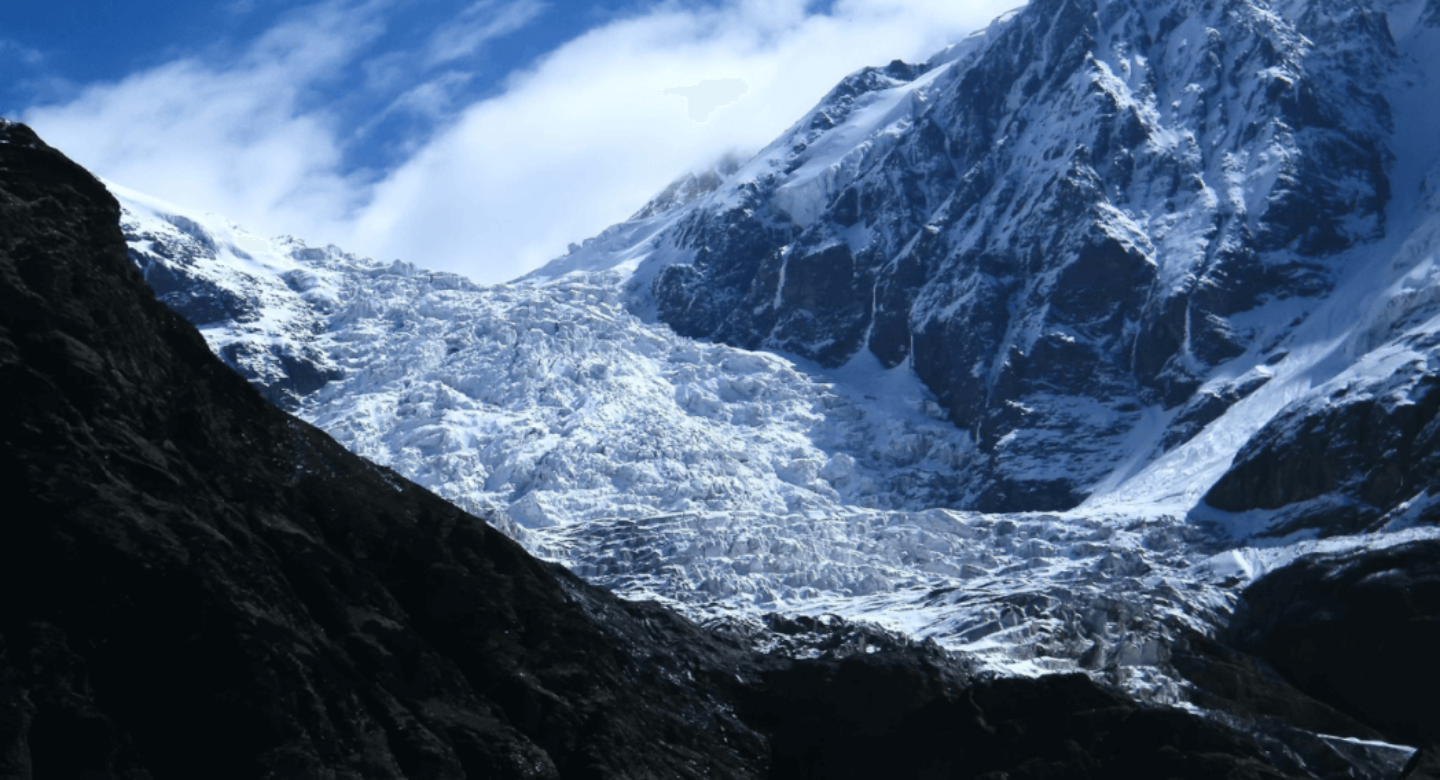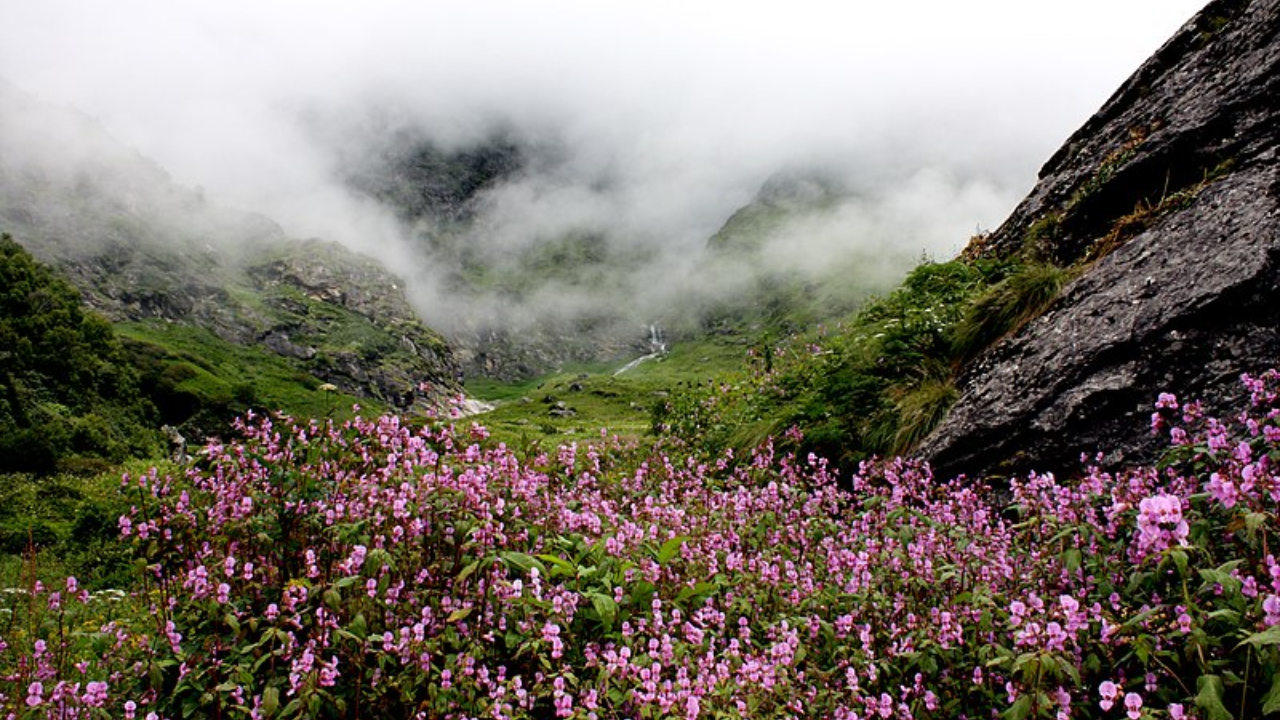
Nag Tibba Trek
2 Days
16 Km
9,915 ft
12+
Easy
The Nag Tibba Winter Trek is a captivating journey through the serene Garhwal Himalayas in Uttarakhand, India. Starting from the quaint village of Pantwari, this trek ascends to the summit of Nag Tibba at an elevation of 9,900 feet. Along the way, trekkers are treated to the enchanting beauty of snow-covered landscapes, dense forests, and panoramic views of some of the most majestic Himalayan peaks, including Bandarpoonch, Swargarohini, and the Gangotri group.
The trek also offers a spiritual experience with a visit to the Nag Tibba Temple, dedicated to the serpent god Nag Devta. The combination of scenic beauty, cultural significance, and the thrill of trekking through a winter wonderland makes this adventure a truly memorable experience. Whether you're camping under starry skies or capturing stunning photographs of the snowy vistas, the Nag Tibba Winter Trek promises an unforgettable journey into the heart of the Himalayas.
Why This Trek?
- Breathtaking Mountain Views: Witness a 100-degree panoramic view of majestic Himalayan peaks, including Swargarohini, Bandarpoonch, Srikantha, Gangotri, Kala Nag, Kedarnath Peak, Changbang, and the Doon Valley.
- Cultural and Spiritual Exploration: Experience the spiritual ambiance of the Nag Tibba Temple, dedicated to the serpent god Nag Devta, which adds a unique cultural dimension to the trek.
- Snowy Wonderland Experience: Trek through a winter wonderland with snow-laden trees, whitewashed trails, and enchanting snowy landscapes that create a magical trekking experience.
- Memorable Camping Adventure: Enjoy the unique experience of camping in the snow, surrounded by the serene and peaceful ambiance of the mountains under clear, starry skies.
- Photography Opportunities: Capture stunning winter scenes, including snow-covered landscapes, dense forests, and panoramic mountain views, perfect for creating lasting photographic memories.
Included/Excluded
Itinerary for
Nag Tibba Trek
Day 1
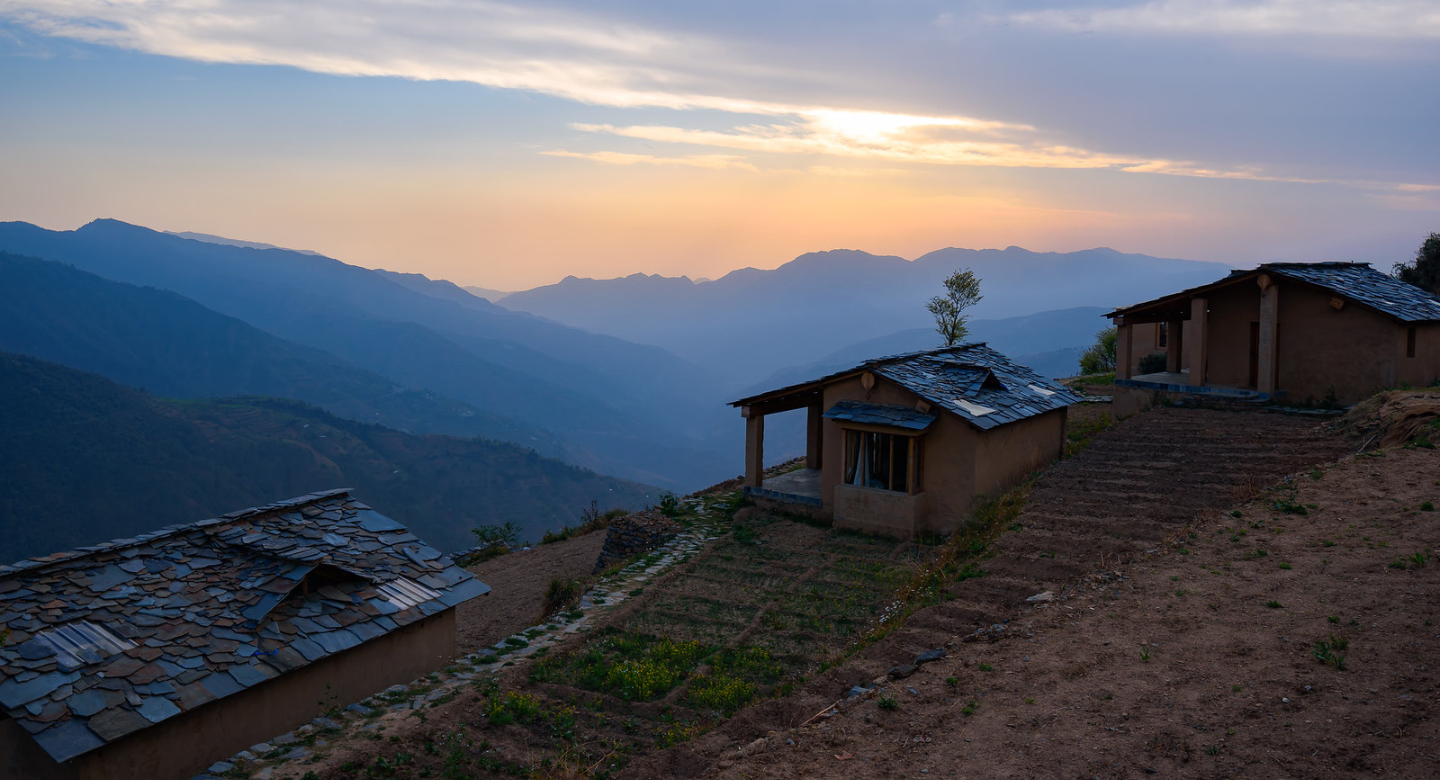
Day 2
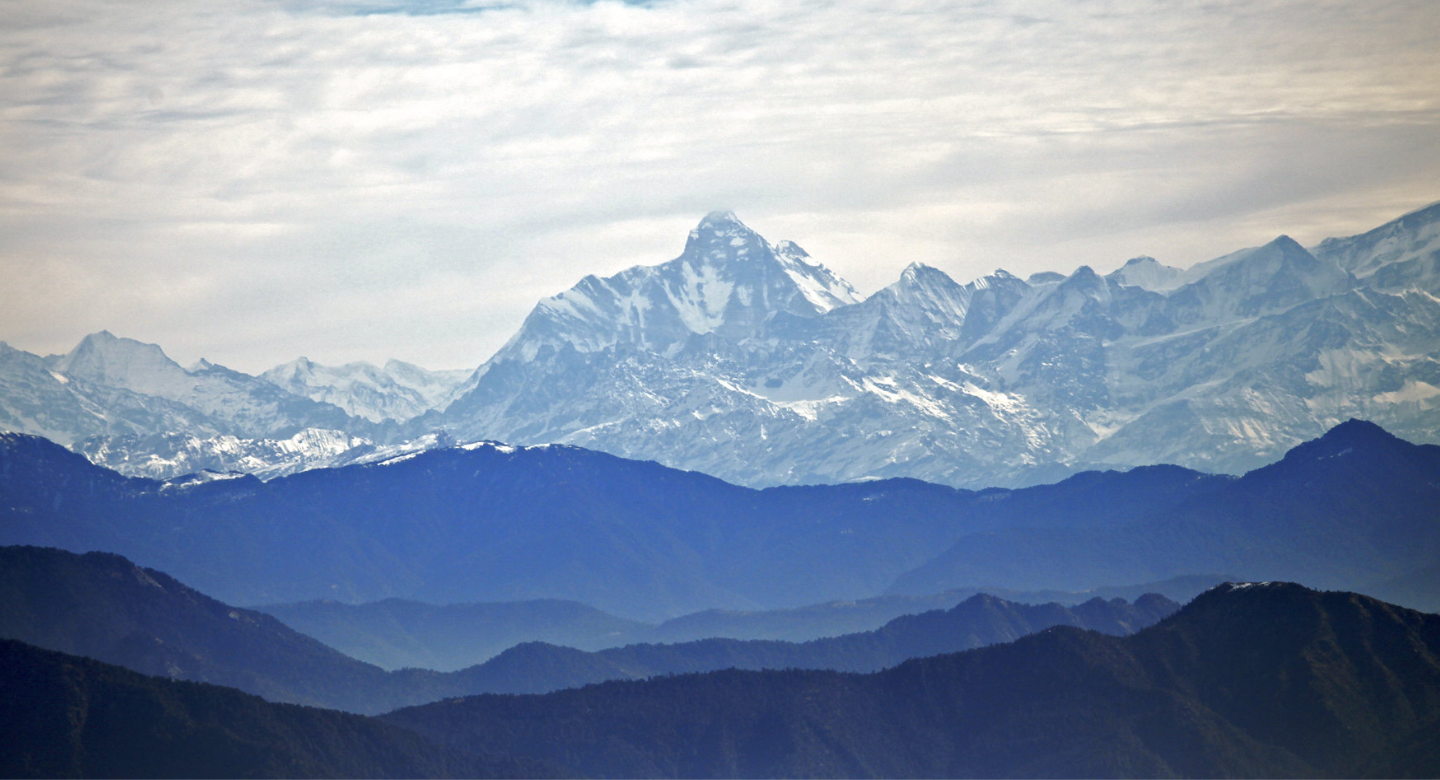
Complete Nag Tibba Trek Information
The best time to undertake the Nag Tibba Winter Trek is from December to February. During these months, the region is transformed into a pristine snow-covered wonderland, offering trekkers the quintessential winter trekking experience. The snow-laden trees, whitewashed trails, and clear, crisp mountain air create a magical atmosphere perfect for adventure and photography. While the winter months present the challenge of trekking through snow, they also provide the most breathtaking and serene landscapes, making it well worth the effort. This period is ideal for those seeking to experience the Himalayas in their winter glory and enjoy the unique thrill of a snowy trek.
By Train
Dehradun Railway Station (DDN) is well-connected to major cities across India.
Popular Trains:
-
From Delhi: The Shatabdi Express and Nanda Devi Express offer frequent services.
-
From Mumbai: The Dehradun Express connects Mumbai to Dehradun.
-
From Kolkata: The Doon Express operates from Kolkata to Dehradun.
From the railway station, you can hire a taxi, take an auto-rickshaw, or use local buses to reach your destination within Dehradun.
By Bus
Dehradun is well-connected by road, with several state-run and private buses operating from major cities.
From Delhi: Buses from ISBT Kashmere Gate include Volvo, deluxe, and semi-deluxe options. The journey takes around 6-7 hours.
From Chandigarh: Regular bus services take about 5-6 hours.
From Haridwar/Rishikesh: Frequent buses make the 1.5-2 hour journey.
Buses typically arrive at Dehradun’s ISBT. From there, you can hire a taxi, auto-rickshaw, or take local buses to reach your desired location within the city.
By Flight
Jolly Grant Airport (DED) is located about 30 kilometers from Dehradun city center.
Connecting Flights: There are regular flights from major cities like Delhi, Mumbai, and Bangalore.
From Delhi: Several daily flights by airlines such as IndiGo, SpiceJet, and Air India.
From Mumbai: Direct flights available.
From Bangalore: Direct and connecting flights available.
From the airport, you can hire a taxi or use airport shuttle services to reach Dehradun. The drive takes approximately 45 minutes to an hour.
Pack smart, trek safe!
Ensure you're prepared for every adventure with this essential checklist of gear and supplies. Whether you're a beginner or a seasoned trekker, the right equipment makes all the difference. Download checklist's pdf here
Basic Gear
| Backpack with Rain Cover | (40 - 50 ltr) Comfortable Shoulder Straps |
| Day pack with Rain Cover | 20 - 30 ltr (If off-load opted) |
| Walking stick | Advisable (At least one) |
| Water Bottle / Hydration pack | 2 Bottles(1 liter each), Hydration Pack 1 (Pack) + Bottle |
| Small size tiffin/lunch box | 1 Nos |
| Snacks | Energy bars, dry fruits, electral/ors |
| Personal Medical Kit | Consult your doctor |
Clothing
| T-Shirt (Synthetic quick dry) | 1 Full & 1 Half sleeves |
| Fleece T-shirt | 1 Nos |
| Wind stopper / Fleece jacket | 1 Nos |
| Windproof Jacket | 1 Nos |
| Down feather / Hollow jacket | 1 Nos |
| Thermal inner (Upper and Lower) | 1 Nos |
| Trek Pant (Synthetic quick dry) | 1 Nos |
| Wind stopper / Fleece Pant | Not required |
| Waterproof gloves | Not required |
| Fleece / woollen gloves | 1 Pair |
| Poncho / waterproof Jacket and pant | 1 Nos |
Head Gears
| Head torch | 1 Nos. (Avoid Hand torch) |
| Sun cap | 1 Nos. (One that covers the neck as well) |
| Woolen cap | 1 Nos. |
| Balaclava | Not required |
| Buff / Neck-gaiters | 1 Nos |
| Sunglasses | UV with dark side cover, People who wear spectacles - (A)- Use contact lenses | (B)- Photo chromatic glasses |
Foot Gears
| Trekking shoes | 1 Pair (Waterproof, high ankle with good grip) |
| Floaters / flip-flops | 1 Pair |
| Cotton socks | 6 pairs |
| Woollen socks | 1 pairs |
| Gaiters | 1 Pair (TTH provides when required) |
| Micro spikes | 1 Pair (TTH provides when required) |
Personal Utilities
| Sunscreen cream | 1 Nos |
| Moisturiser | 1 Nos |
| Chap-stick / Lip balm | 1 Nos |
| Toothbrush and toothpaste | 1 Nos |
| Toilet paper & Wipes | 1 Nos |
| Soap / hand sanitizers | 1 Nos |
| Antibacterial powder | 1 Nos |
| Quick dry towel | 1 Nos |
Mobile Connectivity: Mobile networks are available on the trek, but they can be erratic in remote areas.BSNL, Jio, and Airtel work best near base camps or at Nag Tibba Summit on clear weather days.
ATM Availability: The last reliable ATM is at Mussoorie.
Cash: Carry Rs 2,000-3,000 for transport, food, and personal expenses. No cash withdrawal facilities exist beyond Mussoorie.
Electricity: There is no electricity beyond Pantwari. Bring a power bank (5,000-10,000 mAh) to charge your devices.
At Scoutripper, we understand that plans can change. You can reschedule your booking up to 24 hours before your experience begins. Changes are subject to availability and any applicable price adjustments. Rest easy knowing your adventure is flexible!
At Scoutripper, we value flexibility but also adhere to clear cancellation guidelines:
- Full Refund: Cancel at least 15 full days before the experience starts.
- 50% Refund: Cancel between 2 and 6 full days before the start time.
- No Refund: Cancellations made less than 2 full days before the experience start time will not be refunded.
Additionally:
- Changes are not accepted less than 2 full days before the experience begins.
- Cut-off times are based on the local time of the experience.
- Some experiences require a minimum number of participants. If the minimum isn’t met, you’ll receive a full refund or the option to reschedule.
(Above policy is only applicable for 50% of the trek fee in advance)
Enjoy peace of mind with our clear and transparent policies!
FAQs about
Nag Tibba Trek
The best time to undertake the Nag Tibba Winter Trek is from December to February when the region is covered in snow, offering a true winter trekking experience.
The Nag Tibba Winter Trek is considered an easy to moderate trek, suitable for beginners and experienced trekkers alike. However, trekking in snow requires proper gear and some physical fitness.
The trek typically takes 2 days to complete, with the first day involving the ascent to the campsite near the summit and the second day covering the summit and descent.
Pack warm clothing, thermal layers, a good quality trekking jacket, waterproof gloves, trekking poles, snow boots, a sleeping bag, a sturdy backpack, and essential personal items.
No prior trekking experience is necessary, but good physical fitness is recommended. Beginners can undertake this trek with proper preparation and guidance.
There are no specific age restrictions, but participants should be in good health and physically fit. Children under 12 should be accompanied by an adult.
Yes, it is safe to trek Nag Tibba in winter with proper preparation, gear, and guidance from experienced trek leaders. Always check weather conditions before embarking on the trek.
Accommodation is typically in tents at designated campsites. Camping in the snow is a highlight of the trek, providing a unique wilderness experience.
Trekkers are provided with nutritious and hot meals, including breakfast, lunch, and dinner, prepared at the campsites by the trek organizers.
While it is possible to trek solo, it is recommended to join a guided group or have an experienced trekking companion, especially in winter conditions for safety reasons.


